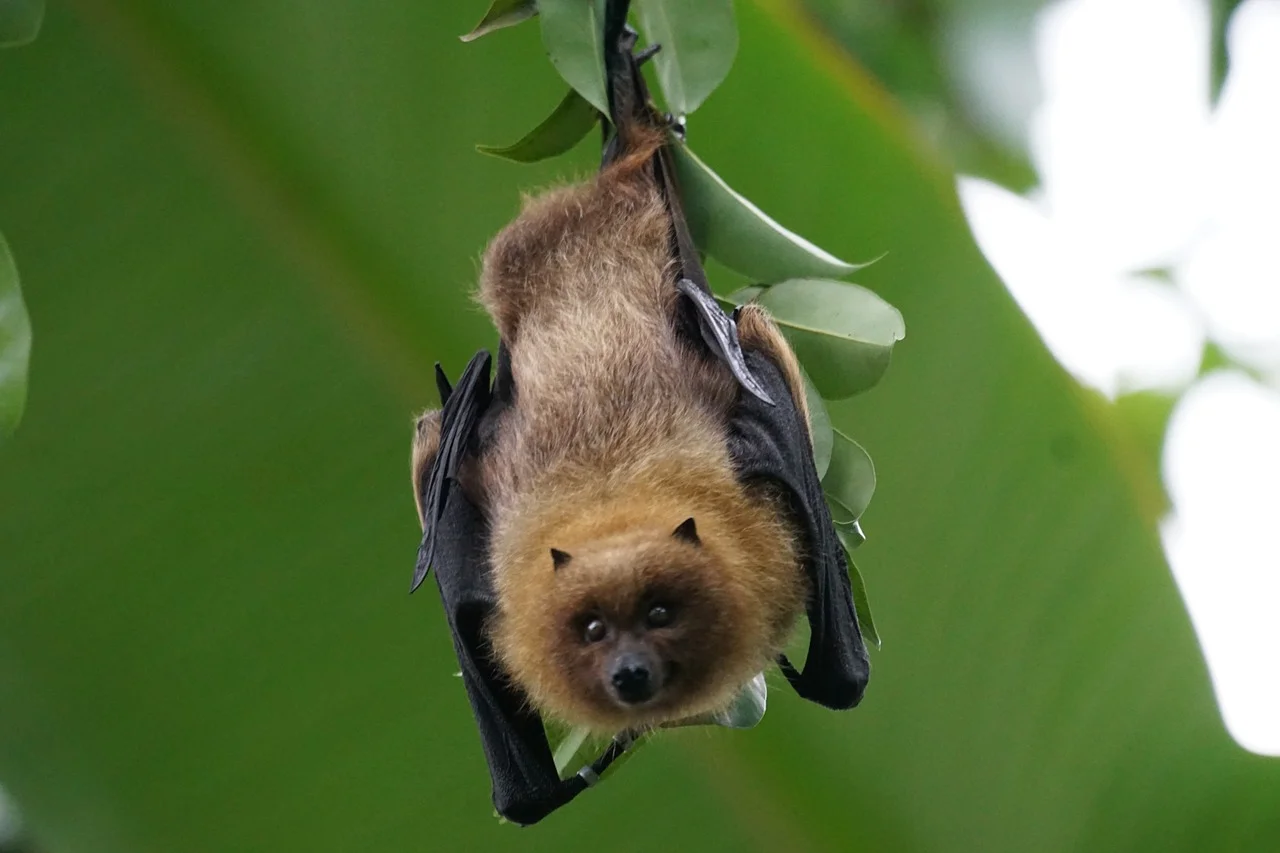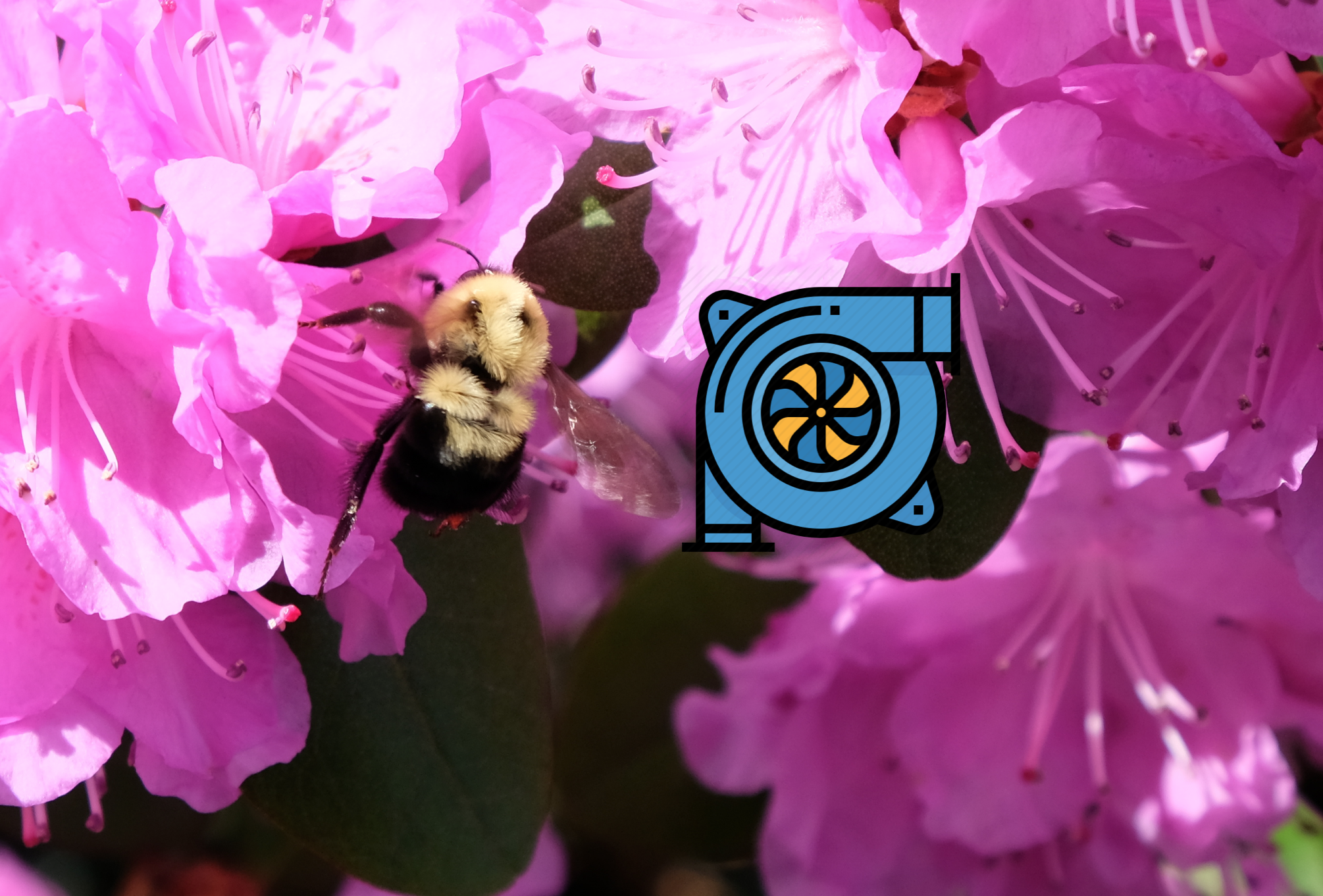The Silence of Nature and Fan Design

Perched in my camping chair, coffee cup in hand, I peruse a future proposed building site on some family-owned property. Grass blades shoot up between the thatch leftover from winter. The sun peaks up over the tree canopy. I pull my sweatshirt hood over my head to keep the swarm of nats from entangling in my hair. Four blue jays streak by, gracefully land in a tree for an episode of screeching. The prehistoric-looking great blue heron, a favorite bird of mine, silently floats overhead. A blackbird sounds like a ping from a sonar signal mixing with the unfortunate drone of distant rush hour traffic and the loud acceleration of a muscle car. Soon, leaf blowers and lawnmowers from the nearby subdivision will dominate this serene environment. The morning silence impresses my soul and soothes my active mindstream. Getting out in nature is critical to healthy living and escaping the human-made hubbub. How can nature promote silence in cities and suburbia?
Owls are known for their quiet night flight so they can approach their prey undetected. The leading edge of their wings has serrations, and the trailing edge of their wings has a tassel-like design. These aerodynamic features help guide the airflow over and around the owl’s wing with minimal sound [1]. Ziehl-Abegg has used this research to develop a more efficient and quieter axial fan blade resulting in a 7 dB reduction in sound and a 15% increase in energy efficiency. Now, if only the outdoor power equipment industry could investigate these concepts for their leaf blowers to enhance my morning coffee experience.
References:
Photo courtesy of www.kmaellis.com
1. Chen, Kun (2012) The Sound Suppression Characteristics of Wing Feather of Owl (Bubo Bubo). Journal of Bionics Engineering, 2012, Volume 9, Issue 2, Pg. 192-199.
2. http://www.ziehl-abegg.com/us/en/organisation/technical-expertise/research-development/bionic-concepts/





